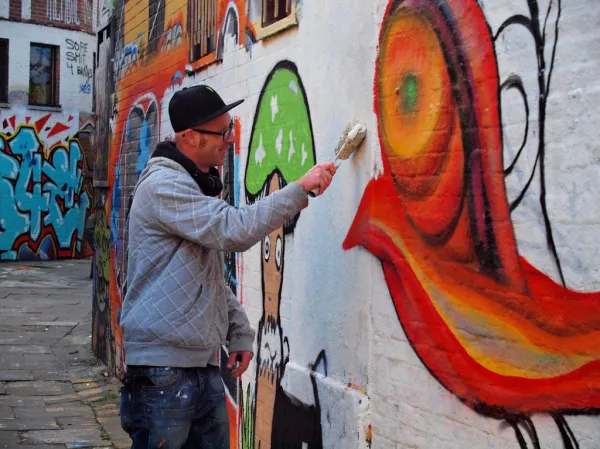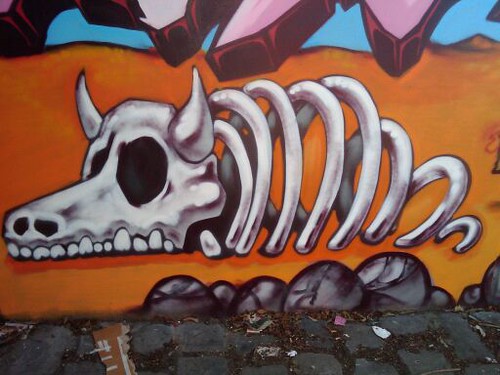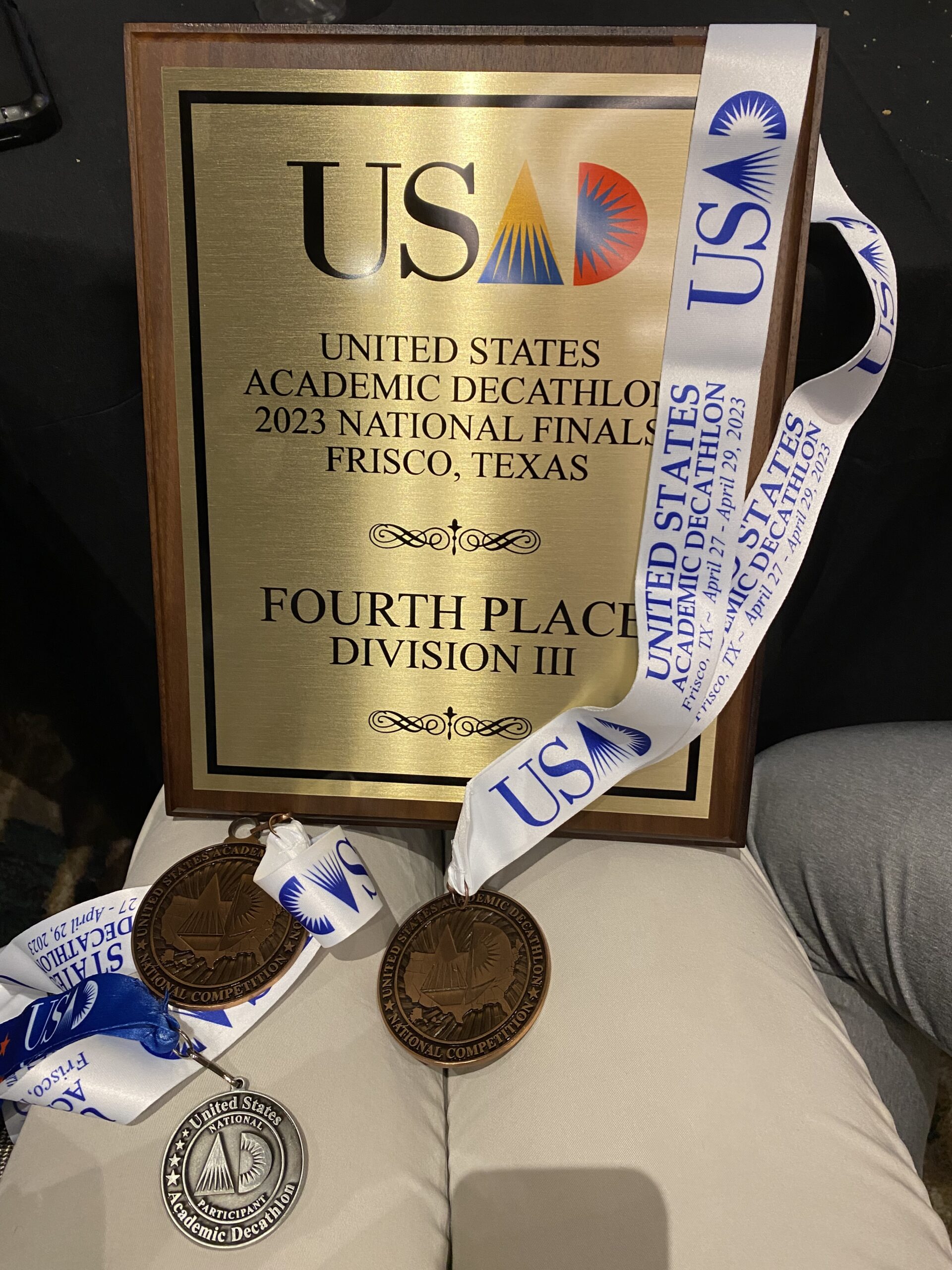In the long-standing debate over whether graffiti is art or vandalism, communities and authorities alike are confused. As Covina aims to resolve its stance on graffiti, it becomes clear that classifying graffiti isn’t easy. I argue that graffiti should be classified as vandalism whenever it ruins public or private property without permission, but can legitimately be considered art when applied to personal property or commissioned works. I will draw upon evidence from various sources, emphasizing the complexity that surrounds graffiti’s categorization.
Graffiti manifests in various forms, ranging from basic tags to elaborate murals, and this diversity leads to distinctions in classifying it as art or vandalism. Steve Dolan points out in “Is Graffiti Art?” (Source 1) that tagging, the most common form of graffiti, is typically uninspired. These quickly done, single-color scribbles are rightly considered vandalism when they deface public or private property without permission. However, when graffiti artists embark on the creation of more intricate, colorful pieces, such as murals, the line between art and vandalism becomes increasingly blurred. As George C. Stowers, cited in “Graffiti as Art” (Source 3), suggests, graffiti containing artistic elements like color, composition, and imaginative designs rightfully earns the label of art. This differentiation shows the idea that graffiti’s classification depends on the manner of execution and the artist’s intent.
Acknowledging graffiti as art goes beyond its meaning on paper or canvas. Graffiti serves as a powerful form of expression and social commentary. Stencils, colorful murals, and messages of diversity or protests against social injustices represent graffiti’s artistic potential. By showing strong statements and sparking conversations, graffiti artists significantly contribute to the world of art, as Source 3 suggests. Displaying graffiti in art galleries and exhibitions helps legitimize it as a genuine art form, emphasizing its artistic value. I believe everyone has a right to self-expression and graffiti can be seen as it.
The potential of graffiti as art is also evident in commissioned works and murals on personal property. The key distinction here is that these artists have the property owner’s consent to create their art. This approach not only provides a platform for graffiti artists to showcase their talents but also discourages them from defacing public or private property unlawfully. Steve Dolan, as argued in Source 1, advocates for collaboration with graffiti artists rather than opposing them. Encouraging graffiti artists to channel their talents into legitimate projects benefits their communities and enables them to follow their passion.

On the other hand, graffiti, when used as vandalism, has serious repercussions. According to “Graffiti as Vandalism” (Source 4), the cost of graffiti cleanup in the United States reaches billions of dollars, with cities like Chicago issuing significant budgets for its removal. Vandalism often results in decreased property values and an upswing in various forms of crime, especially when associated with gang activity. Which is why others believe it should be completely illegal no matter what way you do it. However, it is crucial to draw a clear distinction between graffiti created with consent on personal property or in commissioned works and graffiti vandalism, which undermines the quality of life in a community.
In conclusion, the classification of graffiti as art or vandalism is far from being a straightforward contradiction. It relies on the artist’s intentions and the context of the display. While graffiti can unquestionably be recognized as art when it is created on personal property with consent or in commissioned works, it should be classified as vandalism when it defaces public or private property without authorization. A balanced perspective is important, one that recognizes graffiti as an art form while respecting property owners’ rights and community harmony. This approach helps balance artistic expression and social responsibility, creating lively, culturally rich urban areas while respecting public and private properties.
“graffiti of cow bones in st kilda” by ajfisher.td is licensed under CC BY-NC-SA 2.0.
“graffiti artist” by zoetnet is licensed under CC BY 2.0.











